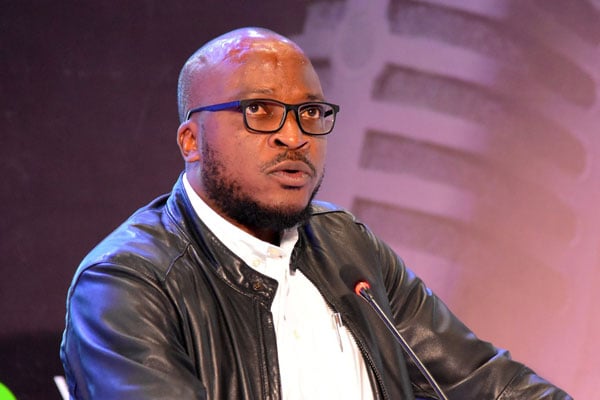Prime
Muyenga has narrow roads, no public spaces.So, why repeat these mistakes elsewhere?

Mr Daniel K. Kalinaki
What you need to know:
- These are low-cost decisions that don’t even carry political risk. What do the folks in the Ministry of Lands and Urban Development do on a typical working day?
Last week I had a quick coffee with one of those mad but inspiring Ugandans in whom burns a raging fire to better things. Trudy’s passion is buildings – or to be more exact, building better, and building better buildings. With the climate changing around us, incorporating new ideas into how we build can help us reduce the carbon footprints of what we build. It can also give us greener buildings that cost less to maintain.
As you can imagine, this kind of “clever-clever” comes from someone who lived away for many years, in places where these conversations are now in full flow. For instance, record summer temperatures in Europe this year brought to the fore how few older houses in traditionally damp places like London have air-conditioning.
But Trudy’s bugbear, the match that lights the fire inside her, is that we, on the other hand, are just starting our building, and have the chance to get it right the first time. Your columnist is old enough to remember a time, not too long ago, when Kampala city’s northern edges only ran as far as Bukoto. Ntinda was an upcoming ‘surrounding area’, and places like Kisaasi and Kyaliwajjala were hiding grounds for armed rebels that people only visited for must-attend family burials.
The NSSF duplexes above the Bukoto Brown Flats, the Minister’s Village in Ntinda, and the National Housing Estates in Naalya, among others, have been built “here, here, when we were seeing”. Yet it appears that we are learning little about modern urban development, and applying even less of it.
A few daring entrepreneurs foresaw the mass migration to greater Kampala north and made bets on private schools and hospitals. However, there is very little evidence of planned public schools and hospitals in the densely populated settled belt around Kampala. The water and electricity utilities have scrambled to invest in capacity to serve these rapidly developing neighbourhoods, but supply is constantly chasing demand. For services like sewer lines which are capital- and work-intensive, we seem to just have given up altogether.
Thus, while the quality of the building has improved significantly (precast concrete walls have fallen out of favour, thankfully), public social services have not. Planning permissions are an opportunity for cash-strapped municipal councils to earn money, not a tool to regulate and align development. The mistake of narrow access roads made in early new-money suburbs like Muyenga is being repeated in greenfield areas, as are tiny plots, and unplanned neighbourhoods.
I recently discovered that a new ‘petrol station’ had sprung up almost overnight in a very prime place opposite Kira Police and next to the courthouse – the kind of fantastic location for a public library or park. We are certainly not lacking petrol stations, given that there are at least five within a kilometre of the new one. But what got my goat was the discovery that there was nothing forward-looking about the new station: no facility for electric charging or electric battery swapping, and not even one of those nice cafes we have come to expect.
However fast we build peri-urban roads (and we aren’t building many, or quickly), a decade from now we will have more cars than the roads can carry. We will have to sit down and seriously consider mass transit options like trams or buses. It would be much cheaper and less painful to build-in bus lanes or make allowances for tram lines today than to retrofit them 20 years on.
In the same vein, it is easier to insist that new buildings meet standards for wheelchair access, fire suppression or energy efficiency today, instead of trying to adapt them in the future to things we know today. Insisting that developers, for instance, bake in solar systems for lighting and water heating would ensure properties don’t have to be re-wired a few years down the line. It would also free up mains electricity for heavy industry and mass transport.
These are low-cost decisions that don’t even carry political risk. What do the folks in the Ministry of Lands and Urban Development do on a typical working day?
If we don’t have the imagination to set aside space for public parks, libraries, squares and even monuments, we can at least have the pragmatism to future-proof some of the public infrastructure investments we are making today. It is not rocket science.
Mr Kalinaki is a journalist and poor man’s freedom fighter.
[email protected]; @Kalinaki



